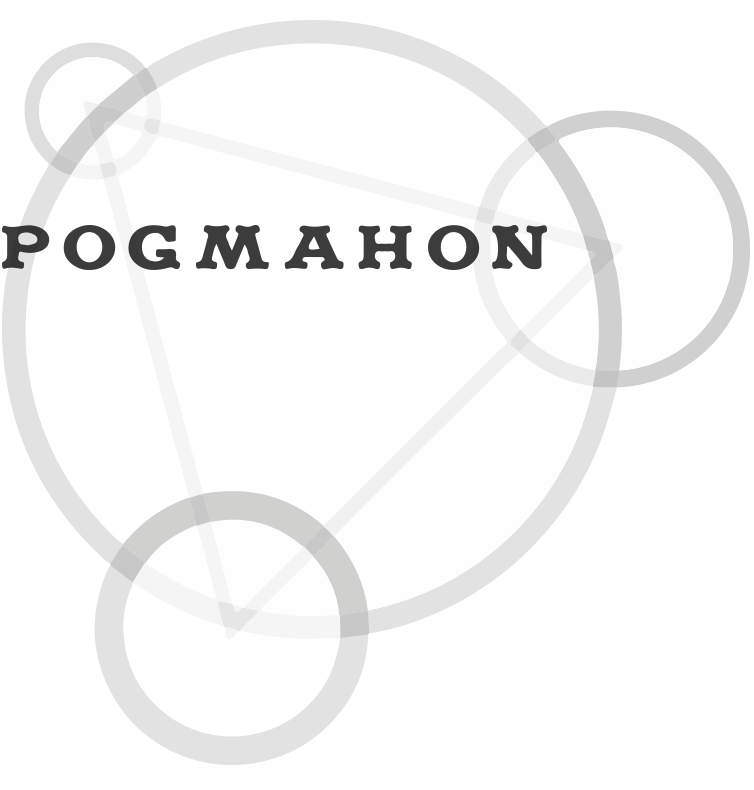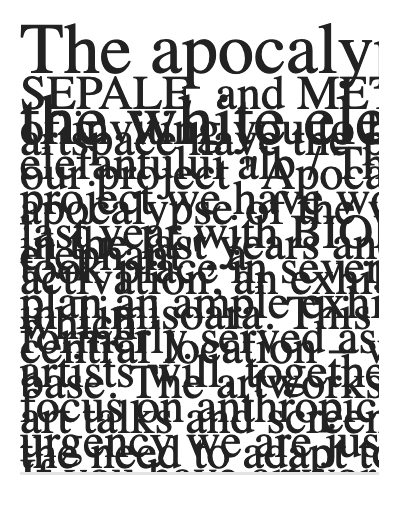Apocalypse of the white elephant
Dates 5 August – 5 September 2021
Location Timișoara, Comenduirea Garnizoanei, Libertății square no. 5
Artists
Marilena Preda Sânc * Andreea Medar * Delia Popa * h.arta * Silvia Moldovan * kinema ikon * Cătălin Bătrânu * Dan Perjovschi * Mimi Ciora * Sergiu Sas * Just wondering * Cosmin Haiaș * Claudiu Cobilanschi * Iulia Toma * Ana Kun * Stefan Radu Cretu * Lili Mercioiu * Alexandra Boaru * Dorian Bolca * Matei Bejenaru * Dona Arnakis * Bogdan Matei * Patricia Teodorescu * Alex Boca * Denise Schellmann * Daniela Brill * Àgnes Hamvas * Rafael Lippuner * Hubert Hasler * Michael Koch * Eva Maria Schartmüller * Robert Reszner * Max Jurasch * Markus Guschelbauer *
Curatorial team Mălina Ionescu, Denise Parizek, Mirela Stoeac-Vlăduți
Apocalypse of the white Elephant- Movie
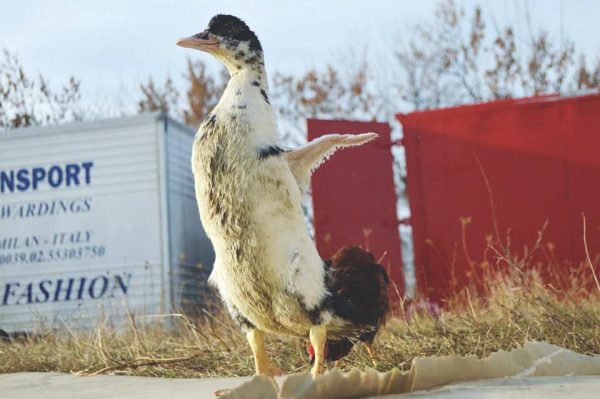
META Spatiu and SEPALE are happy to announce the exhibitional project “Apocalipsa elefantului alb / The apocalypse of the white elephant”, a project we have worked with in the last years and we launched last year with a series of interventions titled BIOHAZARD – activation, an exhibition and which took place in several artspaces in Timișoara. This year we plan an ample exhibition in a central location – which formerly served as military base. The artworks of ca 30 international artists will, together with the art talks and screenings, focus on anthropic themes and the need to adapt to the climate urgency we are just beginning to see as part of our lives.
Pictures of the Exhibition
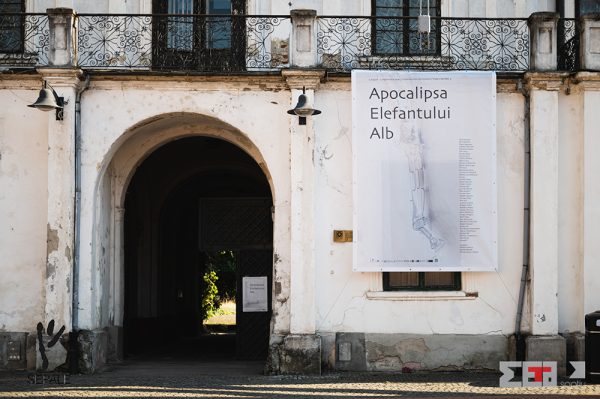
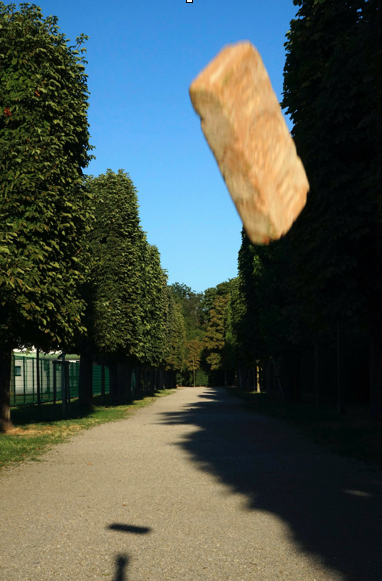
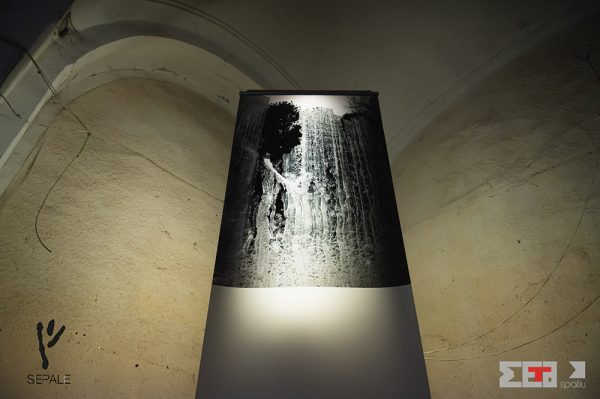
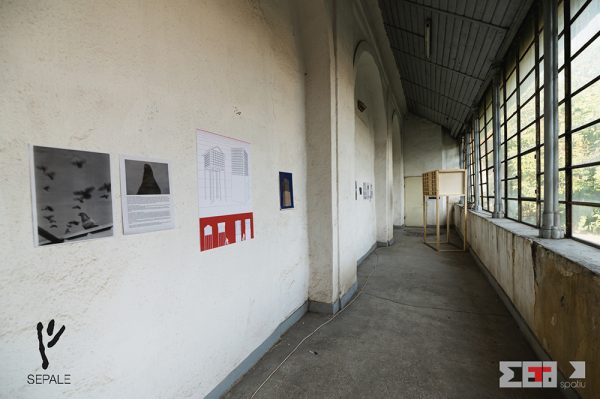
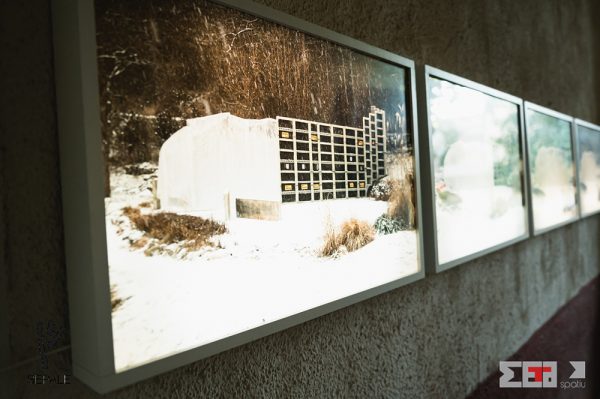
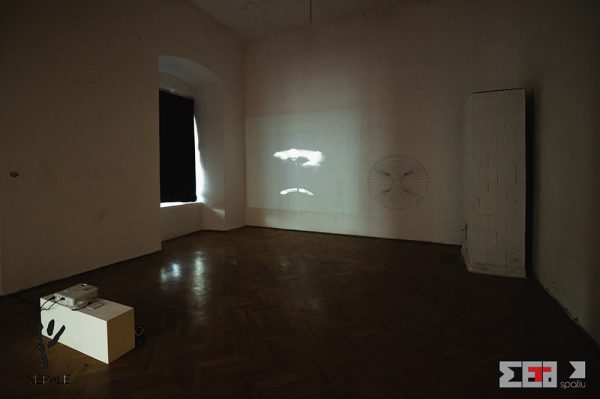
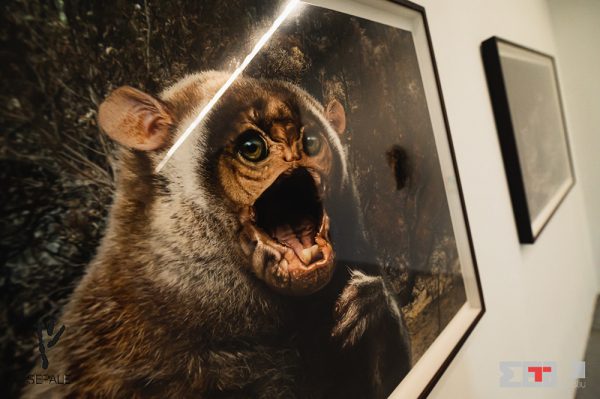
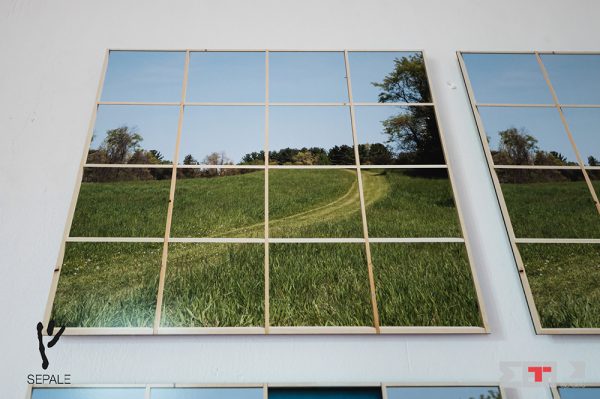
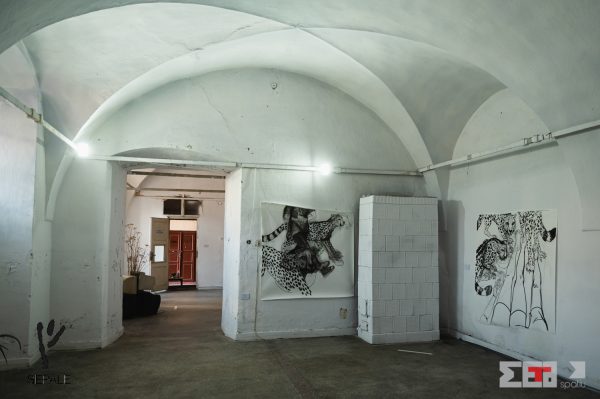
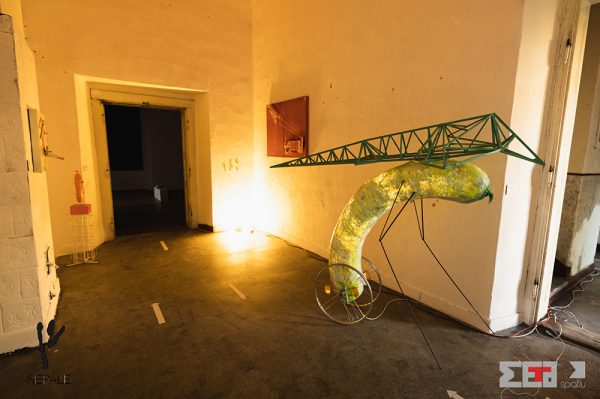
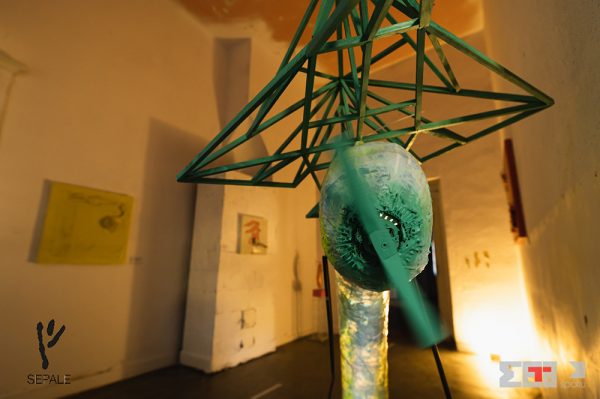
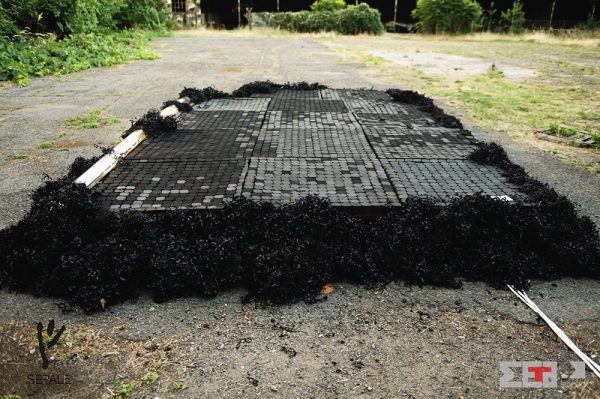
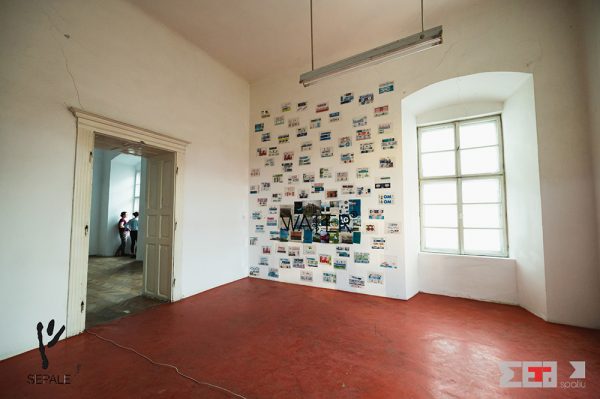
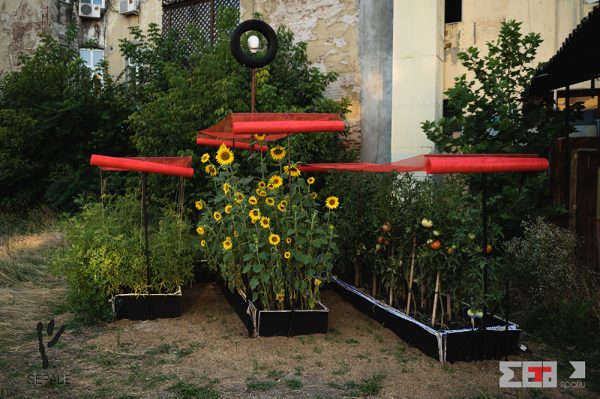
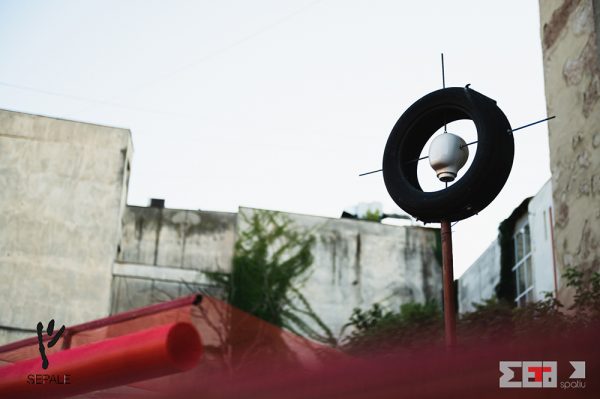
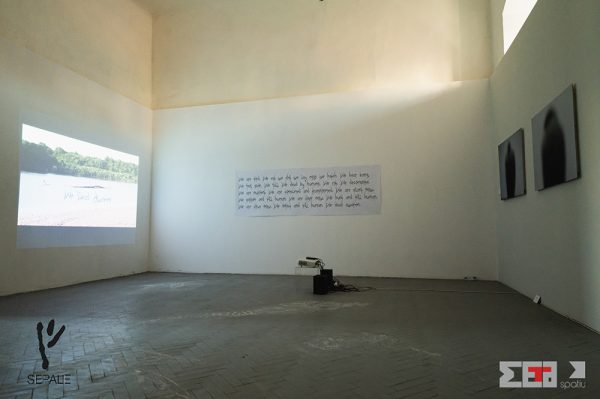
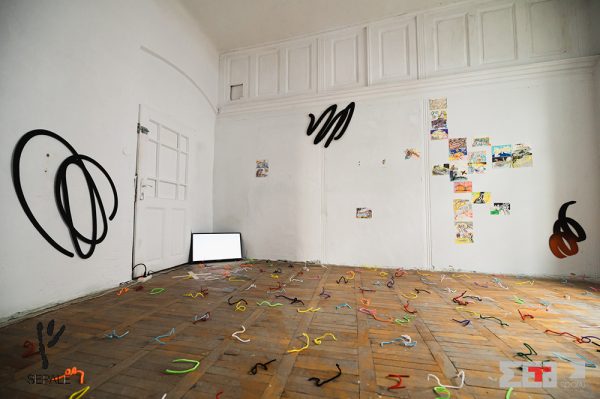
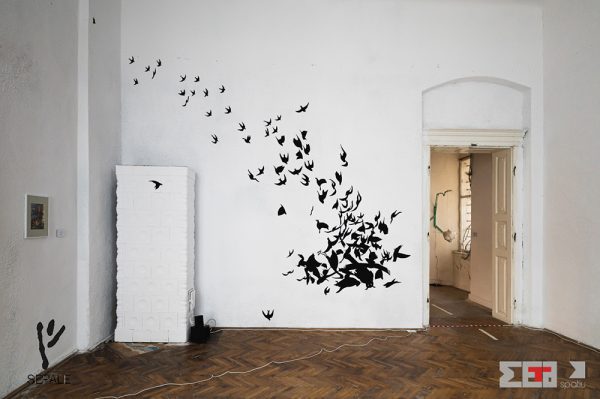
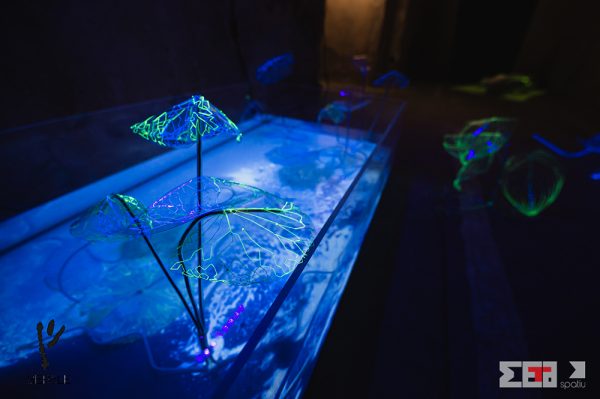
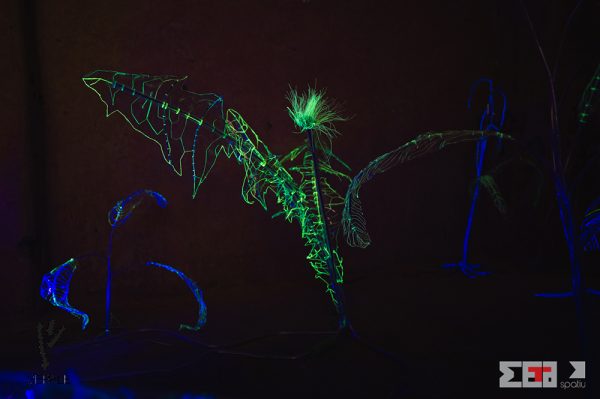
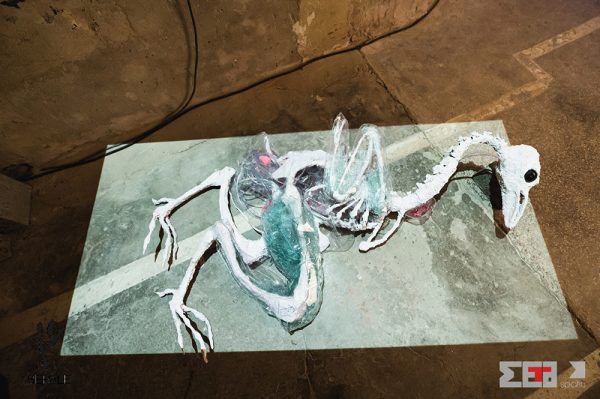
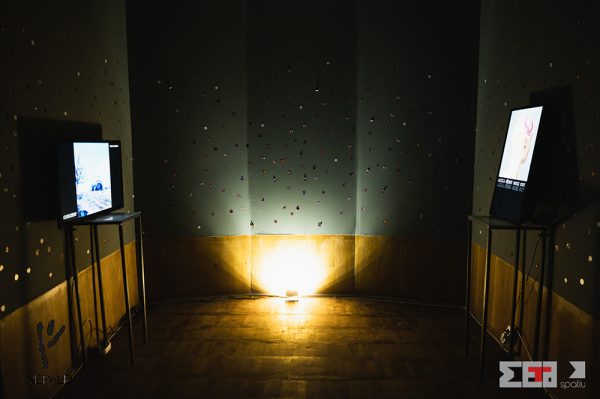
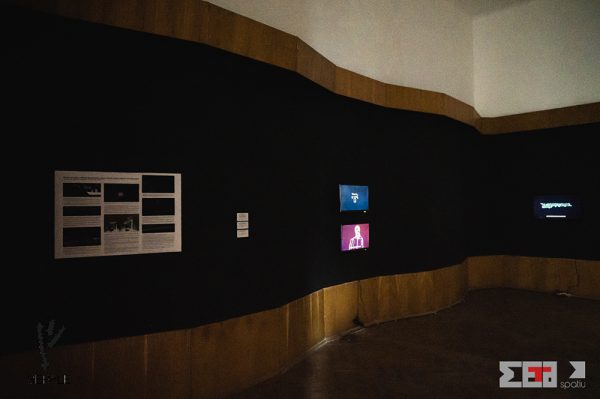

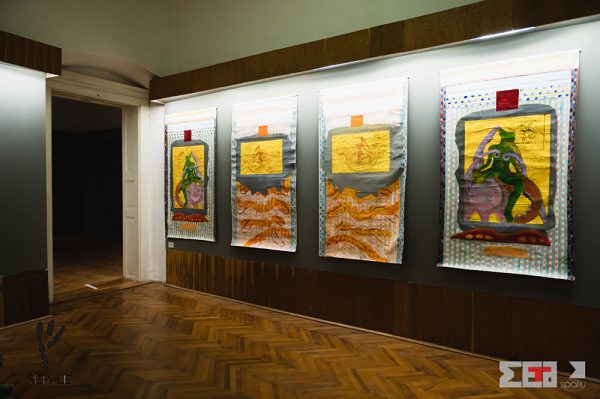
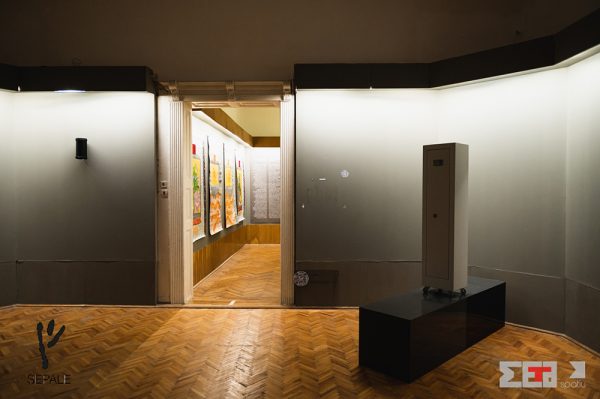
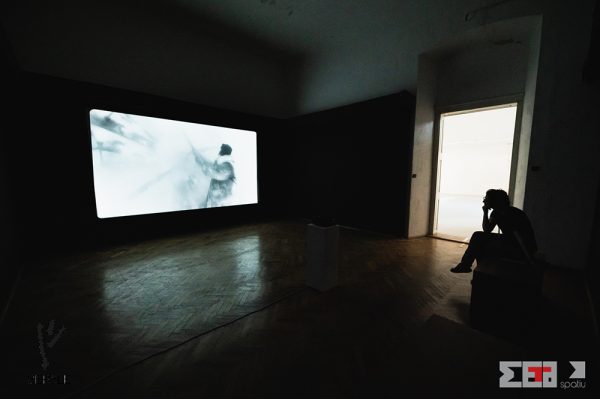
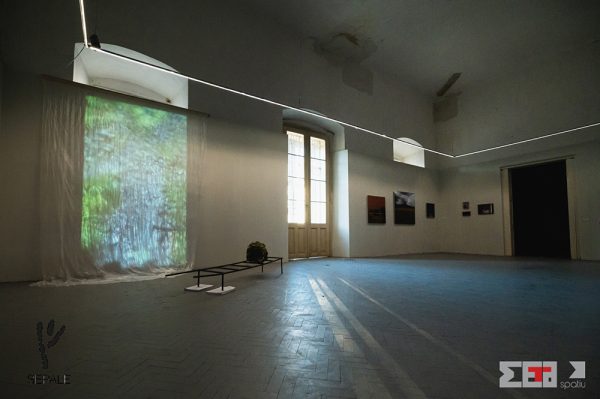
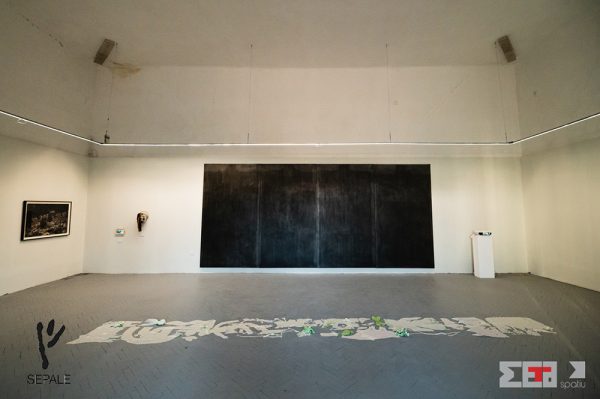
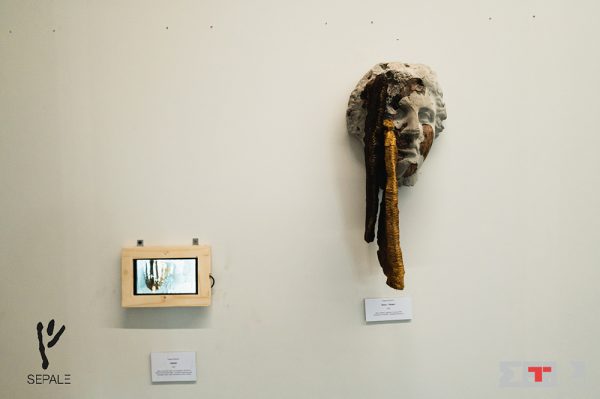
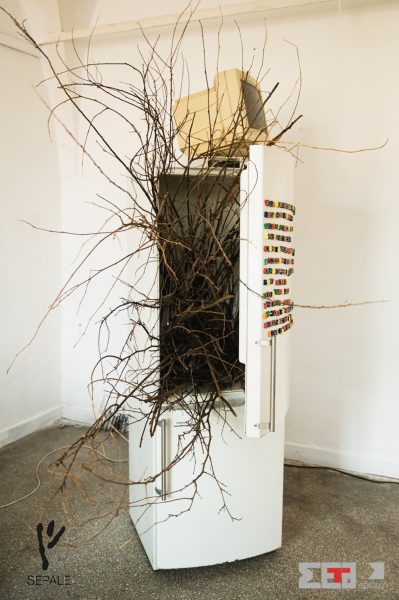
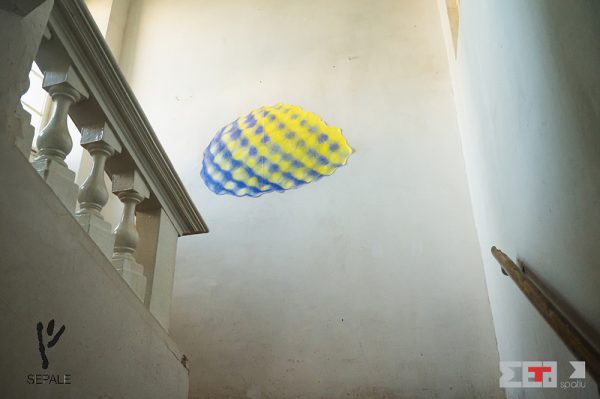
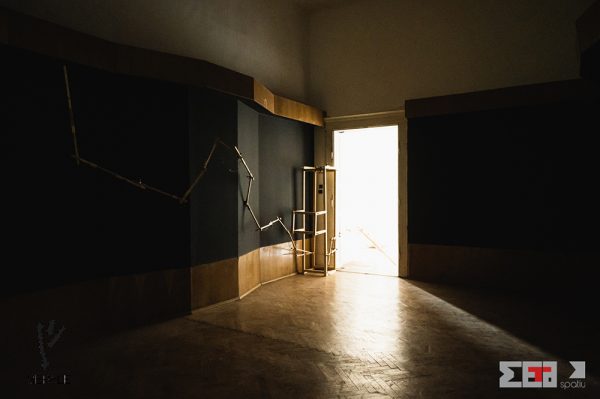
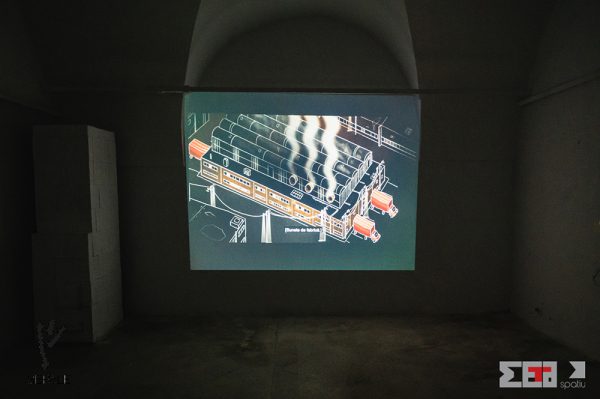
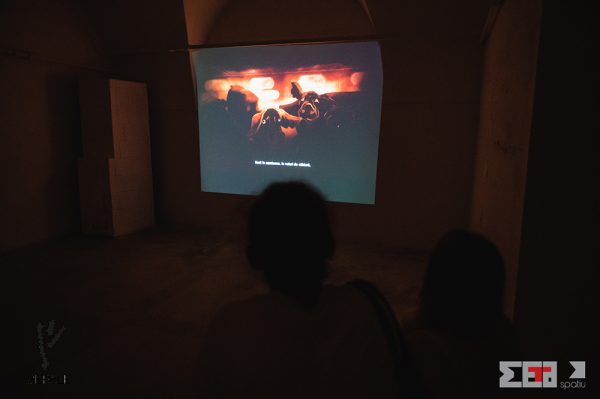
![]()
![]()
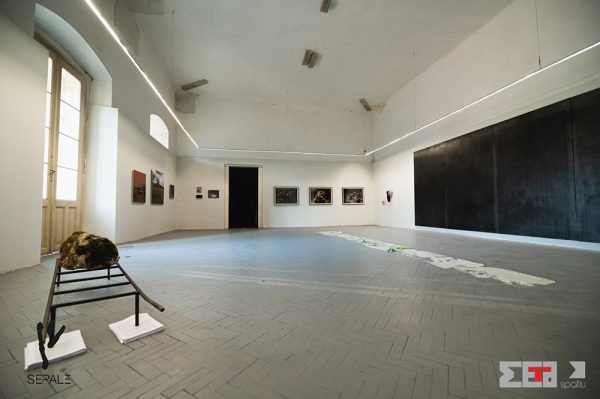
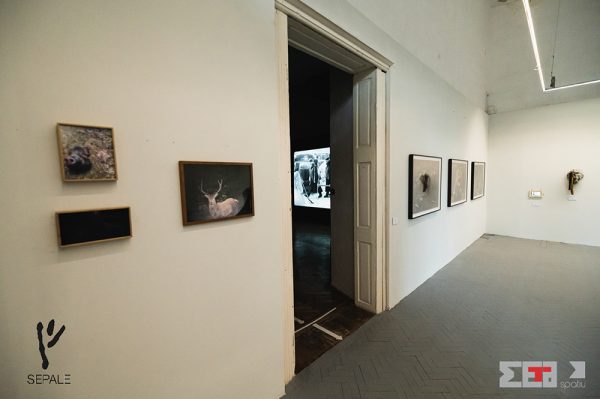
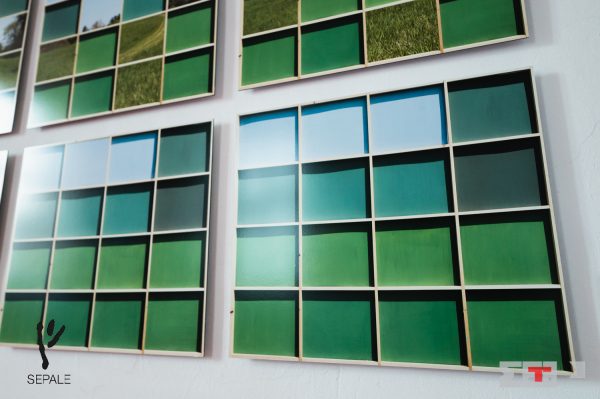


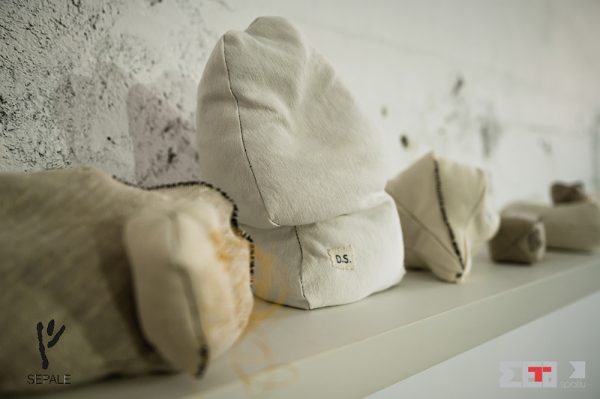
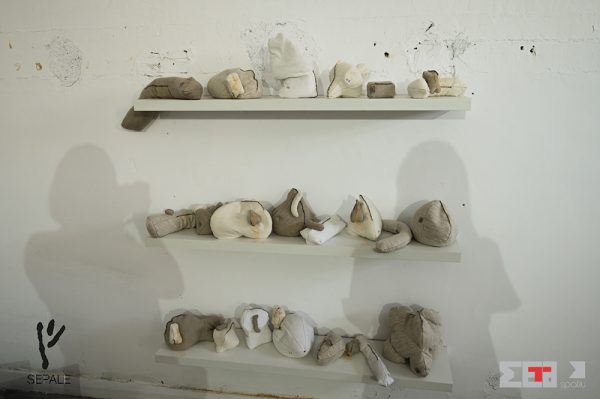
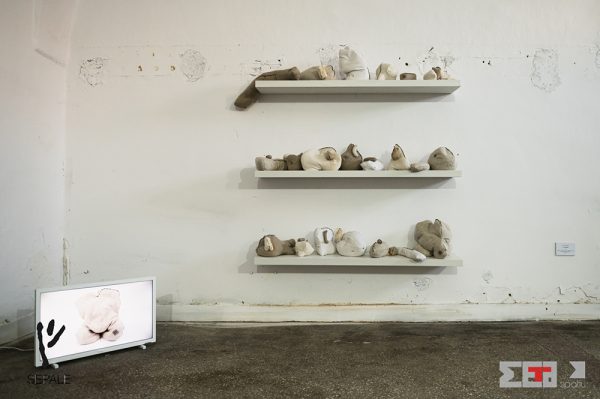
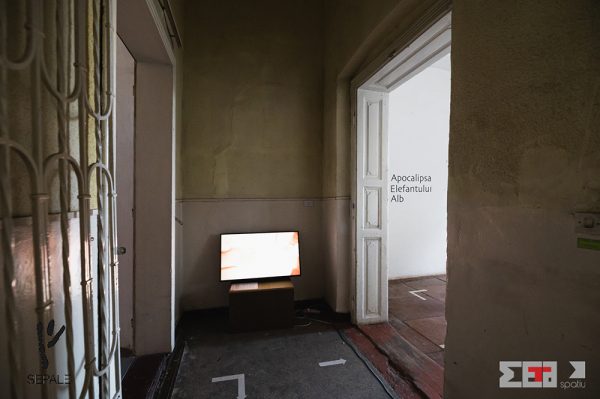
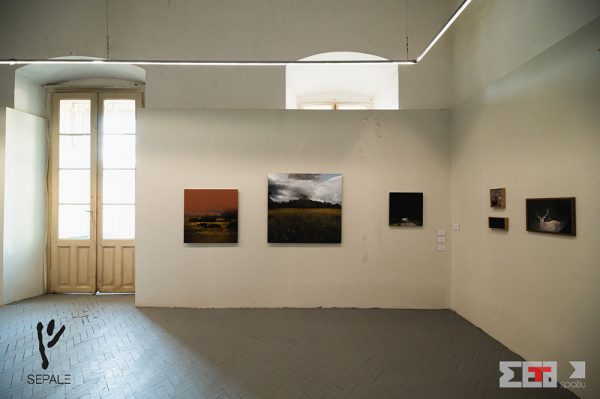
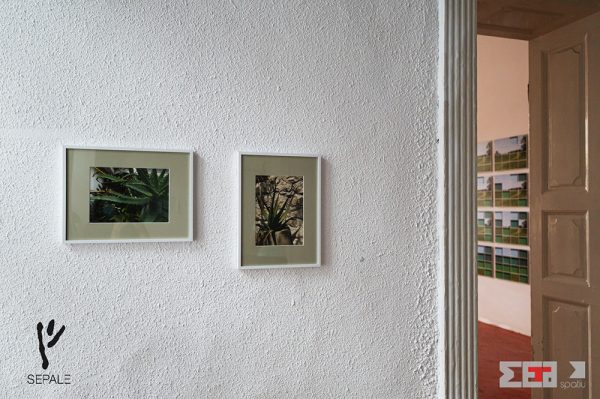
Copyright Dana Moica/MetaSpatiu/12-14contemporary
Statement
The Journey to the White Elephant
Once a tourist guide brought us to a place, a kind of traffic junction, where a white elephant eked out his life, moving forward and back and appeared paralyzed. The miracle caught in a cage – a symbol for mankind nowadays.
I don’t want to talk about animals in cages, extinct, threatened, endangered environments, climate change, corrupt politicians, absurd economies.
Furthermore I will take you on a journey – a journey in the deepness of ourselves.
Close your eyes and try to imagine the primeval sea.
Listen to the roaring waves, feel the salty ocean spread.
Once upon a time, the planet was covered with seawater, life conquered new terrain when lichens settled down on boulders. Lichens, gender neutral symbiotic creatures start off living outside of water on this planet. The dual hypothesis, established by the water biologist Simon Schwindender in 1869, is that lichens consist of organisms from different origins, fungus and algae.
From that point lichens, fungus and algae started a cooperation, which made the planet livable for other plants, for converting carbon dioxide. That was the basic requirement for more fungus, plants and diverse living creatures.
Fungus, the second step to an animated planet.
The fungus of the lichen “mycobiont” provides physical protection and absorbs nutrients for itself and for the algae cell. The alga “photobiont” binds light and carbon dioxide and produces energy-providing sugar molecules from them. By means of this relationship, both partners can live in places where neither could survive alone. Lichens as a biological principle paved the way for the concept of “symbiosis” (Albert Frank 1885). Such theories, however, were at odds with the evolutionary theories that prevailed in the 19th and 20th centuries. But in the wake of the dual hypothesis, evolution could no longer be viewed exclusively in terms of competition and conflict. Lichens become a prime example of organismal kingdoms living together.
„Lichens are remarkable examples of how innovation grows out of partnership. The whole is far more than the sum of its parts.“
Lynn Marguelis, Biologist
Some particularly significant elements of evolution occurred because different living things met and stayed together. Like, for example, the human organism, on and in which 40 trillion microorganisms live, thus shaking our idea of the individual. Eukaryotes arose when a single-celled organism swallowed a bacterium and the latter continued to live symbiotically within it. Mitochondria are therefore the descendants of such bacteria. Chloroplasts are descendants of bacteria that carry out photosynthesis and were also swallowed by an early form of a eukaryote. All later complex life forms, including us humans, arose in a history of permanent intimacy with strangers.
„People’s binary view makes it difficult to ask questions that are not binary. Our limited view of sexuality makes it difficult for us to ask questions about sexuality and so on. We formulate questions shaped by our cultural background. This makes it extremely difficult to ask questions about complex symbioses like lichens, because we think of ourselves as autonomous individuals and therefore it is difficult for us to put ourselves in that symbiosis.“
T. Spribille 2018
Advances in microbiology, as well as the realisation of our relationship with microorganisms, are changing our experience of our own bodies and our place in the world.
We are ecosystems that cross boundaries and transcend categories.
Without the symbiotic interaction of the microorganisms living within us, we could neither digest nor produce minerals essential for our survival. They regulate the development of our body, our immune system, they influence our behaviour. They can protect us from diseases, but they can also cause them.
Symbiosis is an omnipresent aspect of life.
The concept of the individual, invented by us humans, is a category that can serve as a guide for human thinking, but it is no help in understanding the planet as a whole.
After realising this, shouldn’t we rethink and reformulate terms like identity, individual, self-determination, independence?
Fungus, like plants, are decentralised living beings, without a centre of leadership, capital, borders. The mycelium is coordinated everywhere and nowhere at the same time. Please do not imagine anarchic conditions where the stronger one is always in the right, besides, we have already established this system. Rather, it is about the exchange of information and resources.
Decentralisation in global thinking, local food production, direct marketing, good quality at moderate prices, which in turn would occur for the benefit of farmers and thus producers and not corporations. Short delivery routes, low CO2 emissions. In addition, transparent exchange of information, innovation and flexibility. Global cooperation, regional production. And equal opportunities and rights for all inhabitants of this planet.
I can already hear the protests about how this is supposed to work: e.g. vertical gardens on house facades, green roofs, vegetable beds in housing estates, rainwater treatment, sustainable energy production – all this already exists, but we should expand it.
A basic prerequisite of these new systems is that they remain dynamic, are in a state of flux and can be adapted to the circumstances. Over and done with, we have always done it that way and that is why it remains that way. What we call tradition is often stupidity and convenience. We are digging our own grave, and above all that of our children.
Symbiosis and flexible systems are two magic words for the future.
Let’s take mycorrhizal fungi as an example – without them nothing, but really nothing, would work. They embody the basic principle of ecology: the principle of the relationship between living beings. Mycorrhizae form connections with plants, adapt them to the current situation, intertwine and disentangle depending on the initial situation.
A Canadian study discovered that birches and Douglas firs switch the direction of carbon transport twice a year, in spring, from the evergreen Douglas firs to the birches, in summer the birches support the Douglas firs. The exchange of resources is based on abundance and demand.
Now I hear the outcry of the economic managers, who testify that the economy is self-regulating, by means of the principle of supply and demand. The market regulates everything, we just have to trust in it.
In reality, the economy and banks have not functioned without state support for a long time. In the documentary “Princes of Yen” you can see how artificial bubbles have been generated since the end of the Second World War and are still being generated in order to create crises and to enable wealth shifts through crashes. I am not a weirdo. But I also don’t believe in the fairy tale of endless growth, of always bigger, always stronger. Where is permanent growth supposed to lead to. We in the 1st world countries already have everything we need, the people in the 3rd world do not get more livelihood when the 1st world expands, but on the contrary. We are exploiting, escalating people, robbing them of their livelihoods. Even in the pandemic, we did not understand that we can only overcome this problem together. It is obvious that we are producing too much, wasting too many raw materials and thus endangering our livelihoods. But that was already the reality in my youth, in the 80s and 90s, the same issues with a different focus. Not only have we wasted 40 years, but we have also put ourselves and our children in great danger.
But back to the original idea, let’s see ourselves again as a community, as an organism.
Albert Frank invented the word holobiont for a collection of diverse organisms. The totality of different organisms that behave as a unit. The interaction is always a mixture of cooperation and competition. Accordingly, the human being, as part of the holobiont, is a symborg, a symbiotic organism – let us behave accordingly.
How much we are part of a larger whole is made clearer again and again by biological examples. Joshua Lederberg, an American microbiologist, found out that bacteria can exchange their genes with each other. This is called horizontal gene transfer. Without a physical connection information is passed on. This can lead to hyper-resistance in bacteria. But it also gives rise to innovative novelties. Horizontal information exchange is teaching and learning, this is how parts of our culture and tradition were and are passed on.
Based on our culture and knowledge, we have the chance to emerge from the primordial sea and allow life to emerge, in all forms and colours.
At the end of our journey, I ask you to look at the artistic positions and let them have an effect on you. Artists had and have the responsibility to show people the status quo, even if it hurts, and to offer alternatives. Artists are seismographs that begin to vibrate when the earth shakes, injustice prevails, the world is coming apart at the seams. This early warning system works without maintenance, without technology. It is based on the sensors that make a person an artist, sensitivity, creativity, courage.
The artistic positions are diverse, associative, direct, sensual, playful, thus reflecting the diversity of our universe. The exhibition was designed by 3 curators, working together, in tune with each other, with the common goal in mind – to seduce you, in thinking, in feeling and ultimately also in acting.
Denise Parizek, Co-Curator / 2021
LINKS
Merlin Sheldrake Entangled Life
Richard A. Werner Princes of Yen
Daniel Kalder Dictator ́s Literature
Ernst Callenbach Ecotopia
Laurie Penny Unspeakable Things
John Maynard Keynes Allgemeine Theorie der Beschäftigung
Chiamando Negozi Adichie Amerikanah
Johanna Lier Bring mir Jagdfang Zürich 2016
SEPALE – founded in March 2017, SEPALE aims to promote environmentally friendly ideas and people regardless of their field of interest and activity – natural or anthropic. The main objective is to build a bird rescue centre complete with hospital, admittance and release areas, a centre for disabled and injured animals, a centre for the common pigeon (part of the project for the rescue of the Timișoara city pigeons) The centre will also host, as alternative exhibition space, various cultural, art and educational events. All SEPALE projects are grounded in the imperative to respect and preserve the environment.
SUPPORTED BY ACF BUCHAREST
